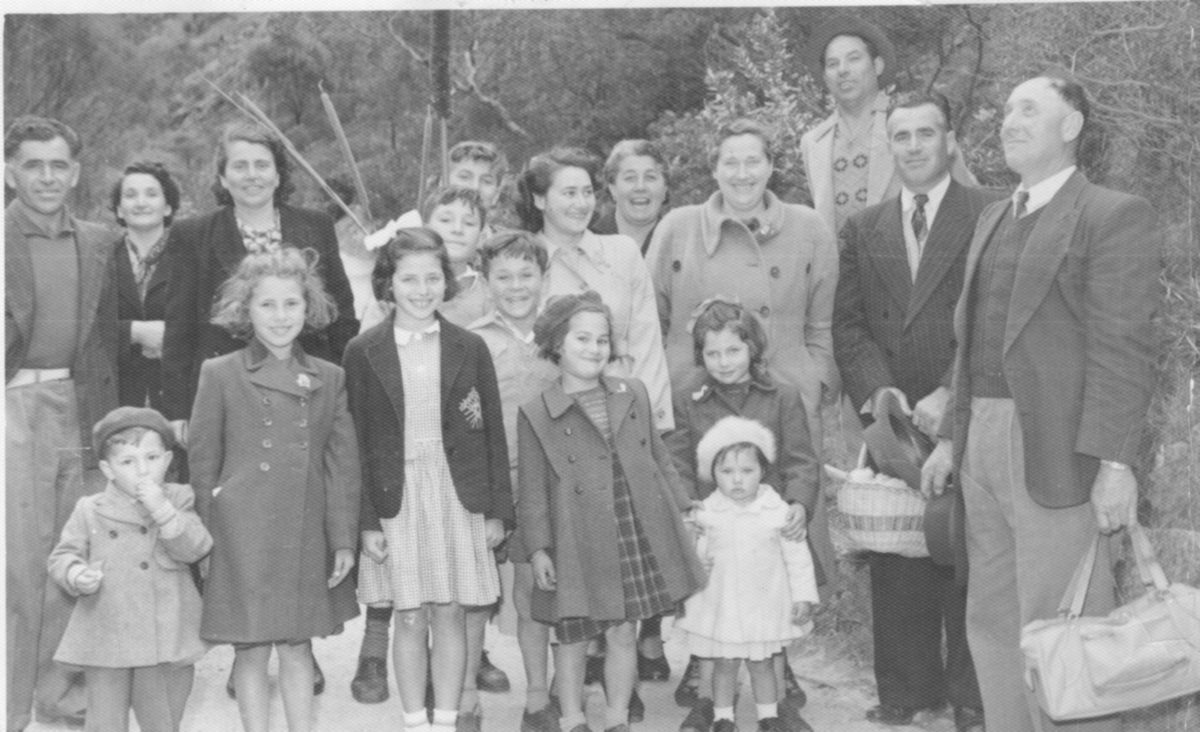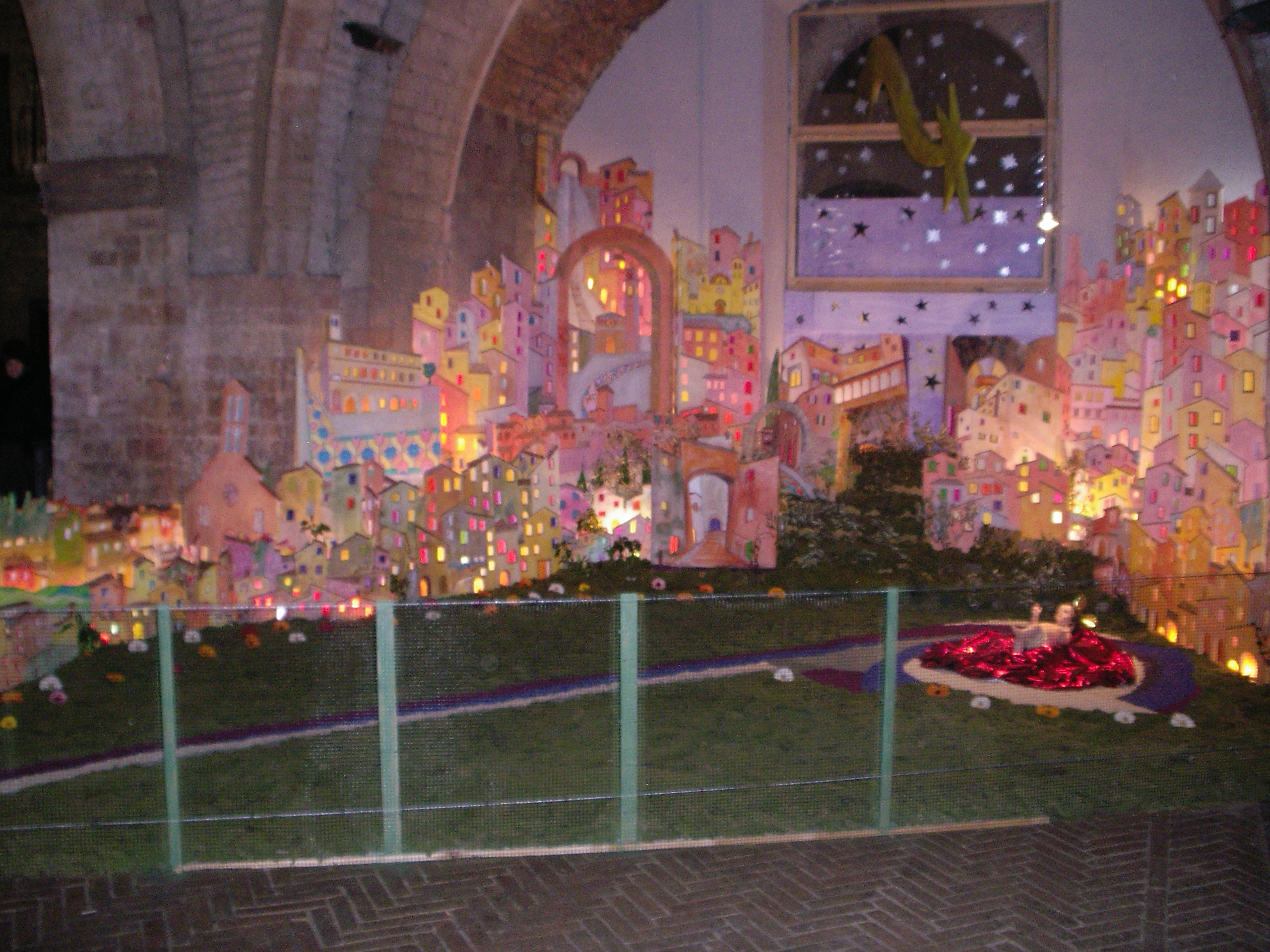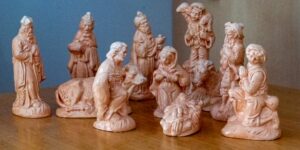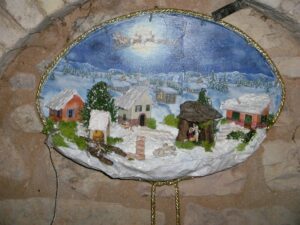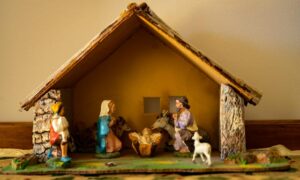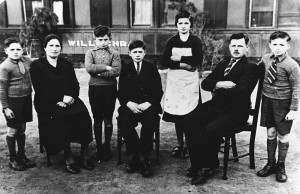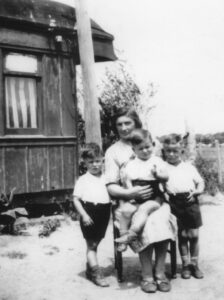We are at the end of what has been a challenging year for everyone … here in Adelaide, Melbourne, in the Veneto region, France, Canada and other places where people read the blog – and throughout the world. The experience of the Covid-19 virus has affected our lives in so many ways and I know that it has been particularly difficult for people in Europe, Canada and America where relatives of the pioneer Veneto market gardeners live. I hope that the vaccine will reduce the impact of the virus in 2021 and that life might be a little easier.
Thank you to the following guests who have contributed blogs and provided different family stories in 2020:
-
- Irene Zampin
- Christine Rebellato nee Mattiazzo
- Aida Innocente
- Fran Bonato
- Silvano Ballestrin
- Anna Baronian nee Carniello
- Cathy Crenna nee Fischbach
- Angelo Piovesan.
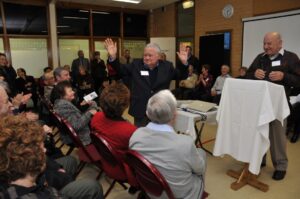
It has been great that people have written blogs from their homes in Adelaide, Melbourne, Caselle di Altivole and Belleville Ontario. The blogs have been an important way of communicating different aspects of the history of the Veneto market gardener community and people connected to that group. Adding the eulogies of people who have died has also been another means of learning about the lives of individuals and their family experience of migration and settlement before and after the Second World War.

This year a number of members of the community in Adelaide have died and I extend condolences to the families.
2021 is nearly here!
There is a gathering for the Veneto market gardener community families planned for Saturday 16th January. It will be held at Mater Christi hall from 2:00 to 4:00 pm. Please let others know about the occasion – it is always an enjoyable opportunity for people to catch up with each other. The photos of previous events show the groups who have attended.
I will be finishing my PhD studies in the next few months. It’s been a long process but I have been fortunate to have had the time to research the history of the Veneto market gardeners – from the pioneers who arrived in the late 1920s to the 1.5 generation who arrived as children and the second and third generations born in Adelaide. I have also appreciated the willingness of all the 58 people who agreed to be interviewed since 2008. When I first started the interviews, I had no idea where the project would lead me – and certainly I never thought I would begin a PhD.
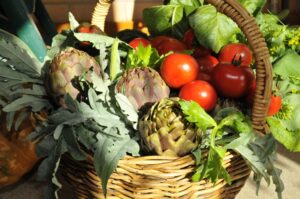
Thank you for assistance
Thank you also to Michael Campbell who manages the website and keeps the design looking sharp. I am also very grateful to Graziella Ledda who helps with the Italian translations. And to Irene Zampin and Johnny Rebuli, I extend thanks for contributing to translations.
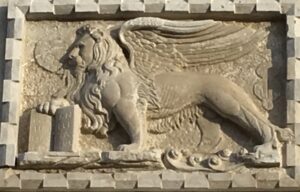 Ideas for 2021
Ideas for 2021
I am very happy to discuss new concepts for the blog and the website. If you have some ideas, please contact me – I’d love to hear from you.
With best wishes for 2021!
Madeleine Regan
28 December 2020
